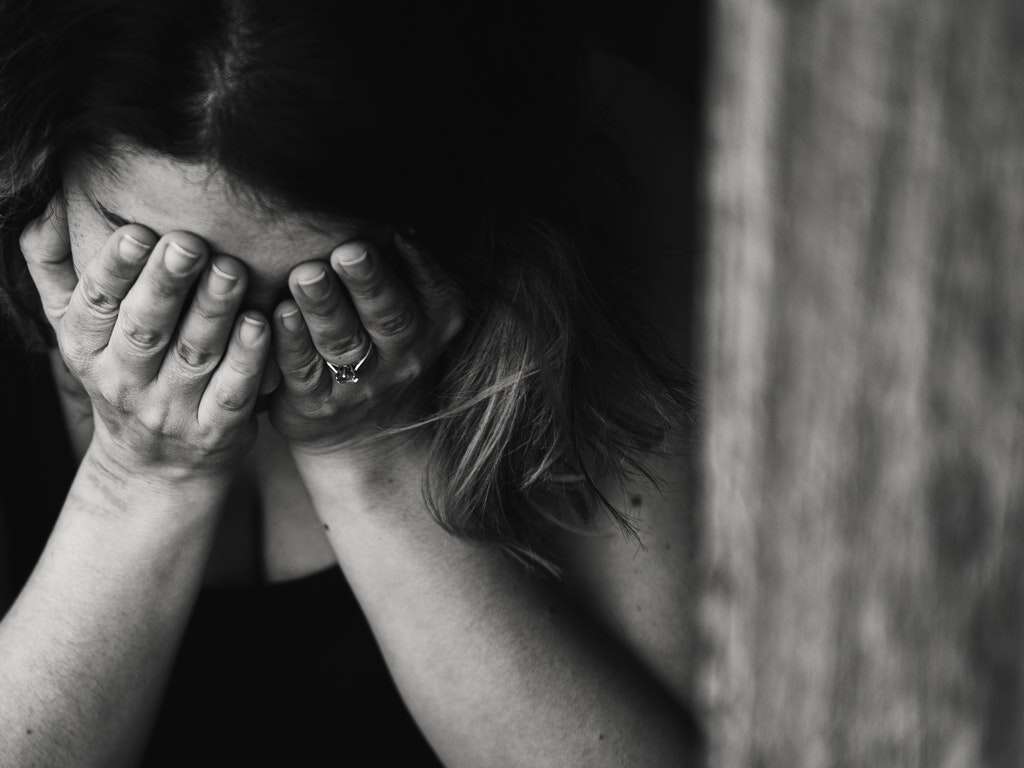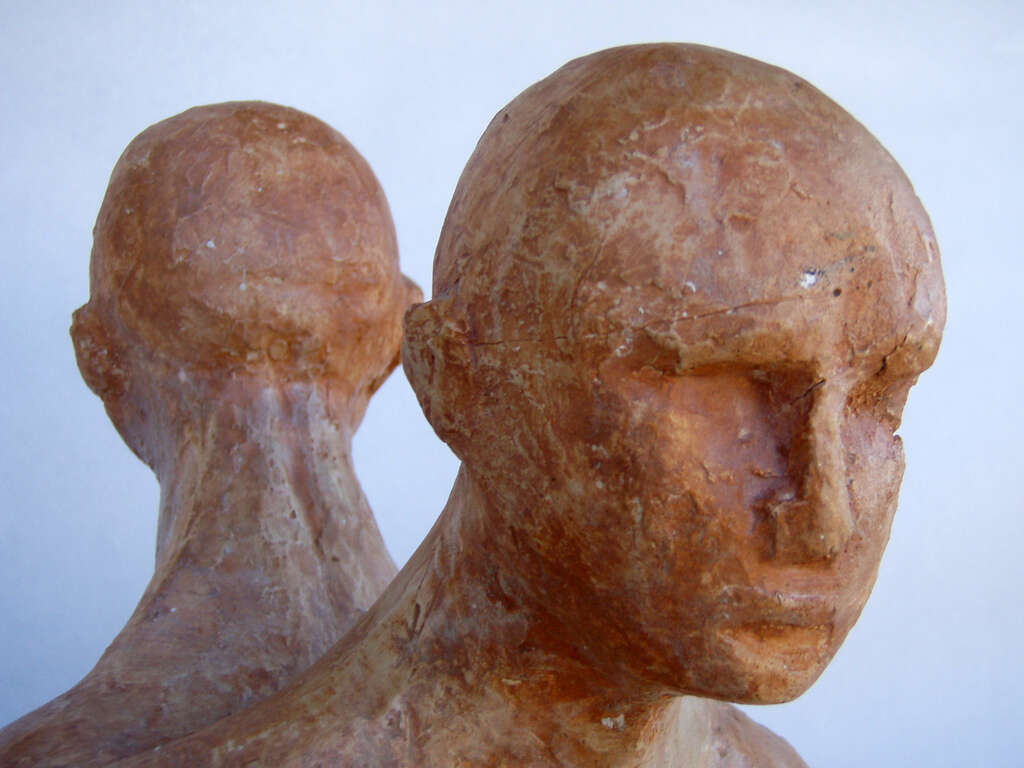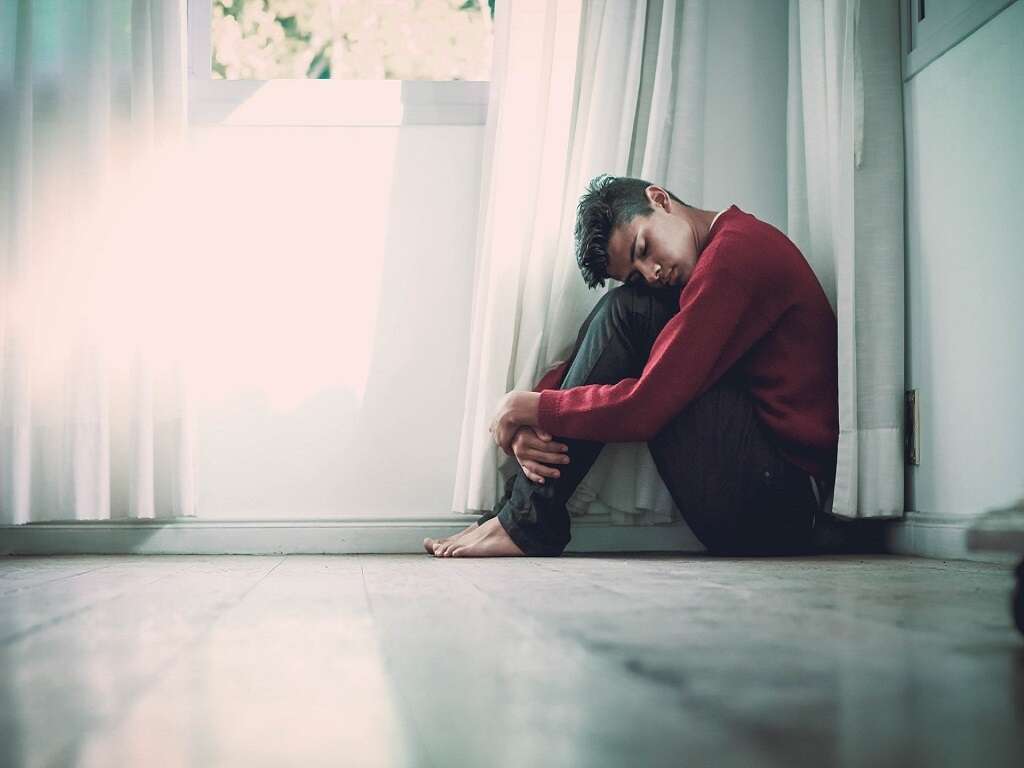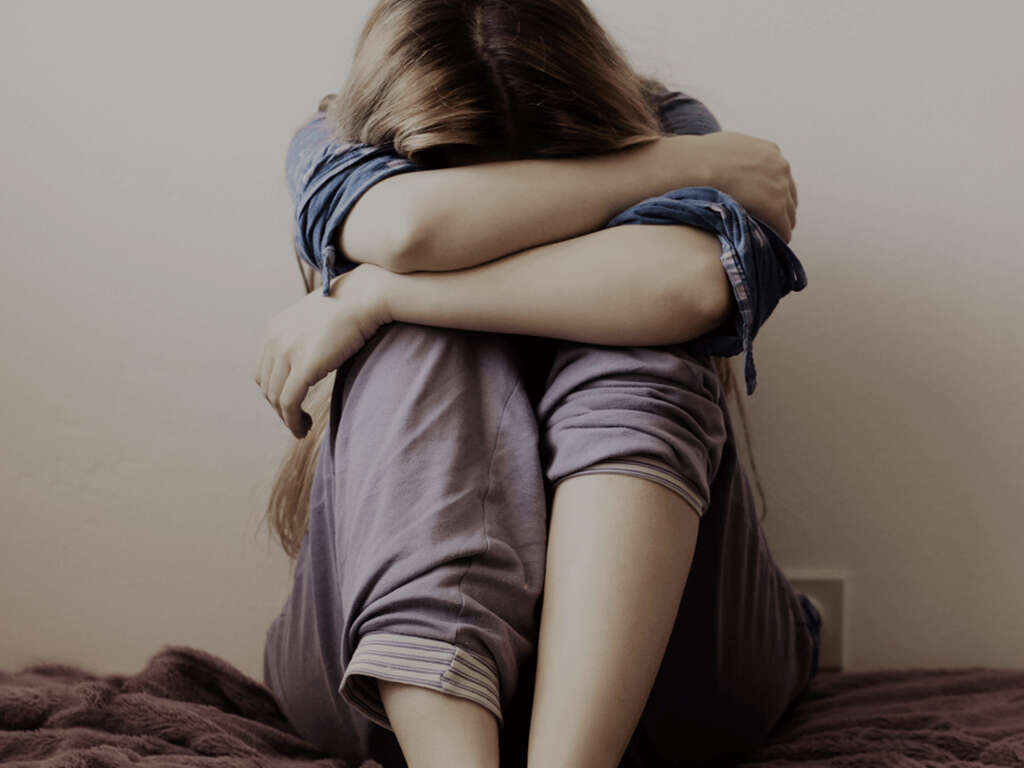10 Post Traumatic Stress Disorder Symptoms
Post-traumatic stress disorder, or PTSD, is a condition that occurs in people who have suffered through traumatic experiences. It’s normal for people to feel extremely anxious, frightened, or uncomfortable when they’re facing situations that remind them of their traumatic experiences.
Unfortunately, this upset feeling doesn’t always disappear. If you experience a constant feeling of dread or worry, or if you’re constantly plagued by memories of your traumatic situation even when you shouldn’t be reminded of it, you might be suffering from PTSD.
Symptom #1: Flashbacks
Flashbacks are the most commonly associated symptom with PTSD. These can be intrusive or anxious memories of the situation that caused the trauma to arise in the first place.
Flashbacks are often triggered by certain situations that are, in some way, familiar to the event that triggered the trauma to occur in the first place. However, flashbacks can occur via emotional triggers, or seemingly occur out of nowhere.
During a flashback, the person might feel like the event is actually occurring again. They’ll experience the same feelings, and they may interpret their external reality much differently than it actually is.
Symptom #2: Extreme Reactions To Memories Of The Event
Another symptom of PTSD, that is closely associated with flashbacks, is having extreme reactions to reminders of the traumatic situation. These can include fast heart beat, quick breath, nausea, tension, stress, vomiting, and profuse sweating.
These are known as psychosomatic symptoms because they occur in the body as a result of the way the mind is behaving. These symptoms can cause intense stress, both physically and mentally. They can also lead into flashbacks if the PTSD patient lacks the proper coping mechanisms.

Symptom #3: Avoidance
One of the most common coping mechanisms adopted by people who suffer from PTSD is avoidance. Whether they do this consciously or unconsciously, they may avoid places, things, or activities that remind them of the traumatic experience.
Avoidance can reach another level when it’s observed emotionally. To avoid emotional triggers, the individual may avoid certain mind states and feelings so they aren’t unconsciously put into a state similar to the one that they were in during the traumatic experience.
For example, if someone was in a very intimate setting and feeling close to someone during the trauma that gave them PTSD, they may close themselves off and avoid intimacy.
Symptom #4: Lost Memory
Many people who suffer from PTSD aren’t able to remember certain aspects of the experience that led to the trauma. Many people have completely forgotten the experience altogether, by blocking it out so it’s not available to conscious memory. These people may benefit from therapy, so seeking medical attention should be done as soon as possible.
People who have blocked out their traumatic memories are the most difficult to treat because they may not even be aware that they have a problem. They may respond irrationally to certain situations without knowing the underlying reason.

Symptom #5: Detachment
Many cases of PTSD arise as a result of a traumatic interaction with another person. People who have suffered these sorts of experiences are often hesitant to engage with others. On a subconscious level, they may be worried that they’re going to behave in a similar manner.
People suffering from PTSD find it difficult to connect intimately with others. This could mean they have difficulty engaging in close relationships, maintaining friendships, or being part of a family.
Symptom #6: Disinterest
Some people who suffer from PTSD develop some serious disinterest in activities that they were interested in previously. They may eschew old hobbies and activities and simply spend their time doing nothing, or they may develop new hobbies that are less enjoyable.
Some people also lose interest in their future. They may let go of aspirations that they have held onto for most of their lives, or they may lose interest in developing a family or pursuing romantic partners. Many people with PTSD believe that they will never be able to overcome their issue so they see no purpose or reason to pursue a good lifestyle. It is important to notice that this symptom is also quite common in patients dealing with depression, so it is crucial for a doctor to evaluate if the patient is also suffering from depression or not.

Symptom #7: Anxiety
Many people suffering from PTSD develop serious anxiety problems. This can develop into many types of anxiety.
They may develop generalized anxiety and have a general feeling of discomfort or disquiet that follows them throughout the day. They may develop social anxiety as a result of the fear behind expressing their experience or displaying symptoms. They may also develop an existential anxiety and begin to be uncomfortable about life itself. Anxiety can lead to many other problems in the life of a PTSD sufferer.
Symptom #8: Insomnia
Many people suffering from PTSD develop fairly serious insomnia. This could be from a number of causes.
One of the reasons that they can develop insomnia is because of the anxiety that PTSD can cause. Anxiety is one of the leading causes of insomnia and can cause a person to develop restlessness and agitation, two problems that can keep a person tossing and turning at night.
They may also develop hypervigilance, or excessive alertness, because they’re worried or paranoid about their trauma repeating or their triggers being activated. This can keep a person awake all night.

Symptom #9: Emotional Instability
Another common symptom that people from PTSD can develop is emotional instability. PTSD is a condition that’s heavily based on emotion, and it can cause some serious emotional distress for those who are not sure of how to cope with it.
Emotional instability often manifests in negative ways. After a traumatic experience a person may become more aggressive and angry, being more prone to outbursts. They may become more irritable and lash out for little reason, or they may develop a habit of self-destructive or reckless behavior.
Symptom #10: Emotional Dampening
In addition to emotional instability, a person may develop some consistent feelings of negative emotion. These can include guilt, shame, and self-blame: they may find themselves responsible for their own traumatic experiences.
They may also feel like they’re more alone in the world than they actually are. They may choose not to reach out, believing that there is nobody there for them, when people are actually extending a hand to help them.
Depression and hopelessness are common symptoms of PTSD, and they can remain consistent. People suffering from PTSD also have a hard time trusting people and may blame others for ‘betraying’ them.











